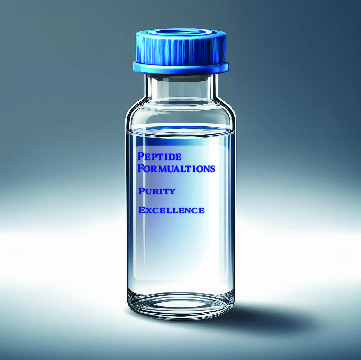GH Secretagogues and Modulators: Mechanisms, Examples, and Future Prospects
GH secretagogues and modulators are compounds that influence the secretion and activity of growth hormone (GH), which plays a critical role in growth, metabolism, and overall health. These substances are being explored for their potential therapeutic applications and benefits. Here’s an overview of their mechanisms, notable examples, and ongoing research:
Mechanism of Action
Stimulation of GH Release: GH secretagogues are designed to stimulate the pituitary gland to release more growth hormone. They often mimic or enhance the action of ghrelin, a natural hormone that stimulates GH secretion.
Regulation of GH Receptors: GH modulators can affect the sensitivity and activity of GH receptors. By influencing these receptors, they can modulate the effects of growth hormone on various tissues and organs.
Enhanced GH Pulsatility: Certain secretagogues can increase the pulsatility of GH release, which is important for maintaining normal physiological rhythms and optimizing the benefits of GH.
Impact on IGF-1 Levels: GH secretagogues and modulators may also influence the production of Insulin-like Growth Factor 1 (IGF-1), a hormone that mediates many of the effects of GH and is critical for growth and metabolic functions.
Examples of GH Secretagogues and Modulators
Ghrelin Analogues: These compounds mimic the action of ghrelin, a natural peptide that stimulates GH release. Examples include GHRP-6 (Growth Hormone-Releasing Peptide-6) and GHRP-2.
GHRH Analogues: Growth Hormone-Releasing Hormone (GHRH) analogues stimulate the pituitary gland to secrete GH. An example is Sermorelin, which is used in therapeutic settings to boost GH levels.
Selective GH Receptor Modulators: These substances selectively modulate GH receptor activity to optimize the hormone’s effects. An example is Pegvisomant, which is used to treat acromegaly by blocking GH receptor activity.
Combination Therapies: Some treatments combine GH secretagogues with other agents to enhance overall efficacy. These might include combinations of GHRH analogues with ghrelin mimetics.
Research and Applications
Clinical Trials: Many GH secretagogues and modulators are being tested in clinical trials to evaluate their safety, efficacy, and potential benefits for conditions such as GH deficiency, aging, and metabolic disorders.
Therapeutic Uses: These compounds are being explored for their potential to address a range of issues, including growth hormone deficiencies, muscle wasting, osteoporosis, and overall vitality.
Aging and Longevity: Research is ongoing into the role of GH secretagogues in combating age-related decline in GH levels and their potential benefits for improving quality of life in older adults.
Challenges and Considerations
Safety and Side Effects: Potential side effects, such as unwanted growth or metabolic disturbances, need to be monitored. Long-term safety data is essential to ensure these compounds do not cause adverse effects.
Efficacy and Dosing: Determining the optimal dosing and efficacy of these agents is crucial for their development and therapeutic use. Personalized approaches may be needed to tailor treatments to individual needs.
GH secretagogues and modulators represent a promising area of research with the potential to offer new therapeutic options for a variety of conditions related to growth hormone levels and function. Continued research is essential to fully understand their benefits, risks, and applications.

